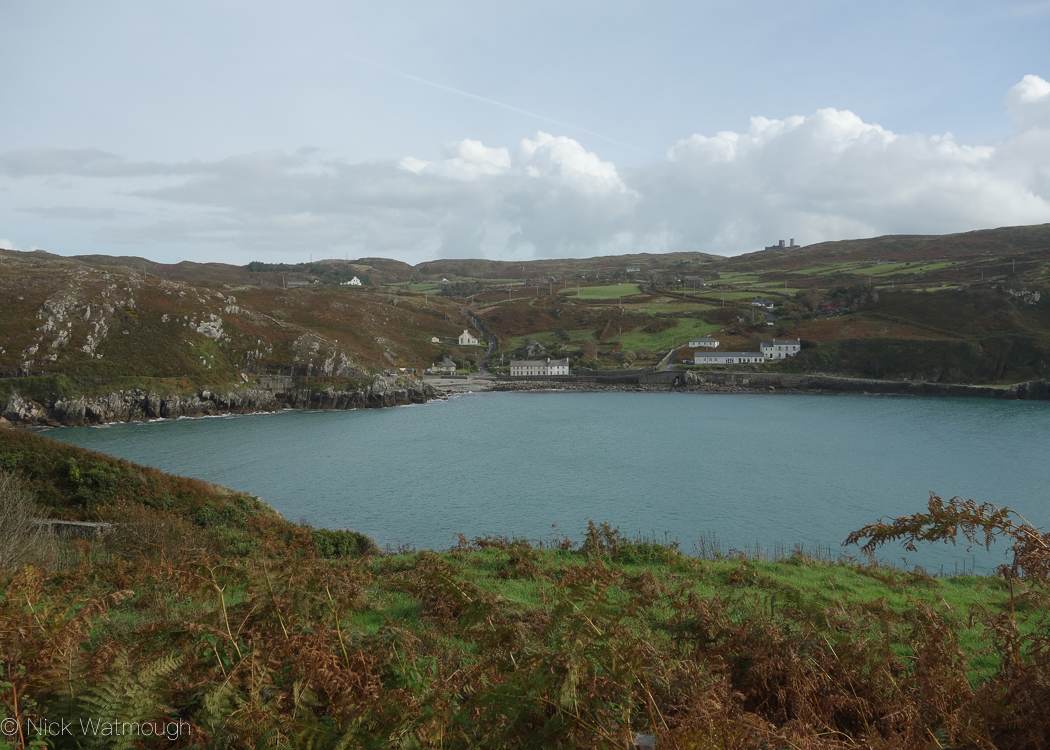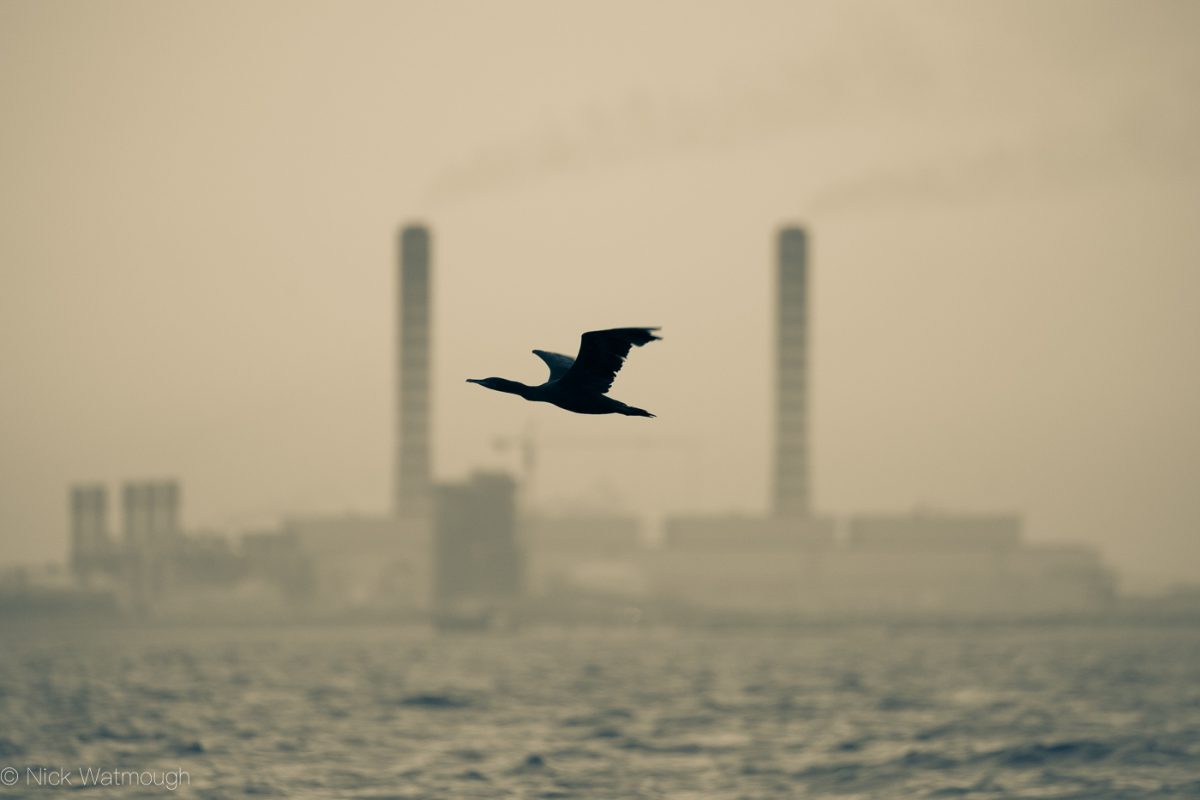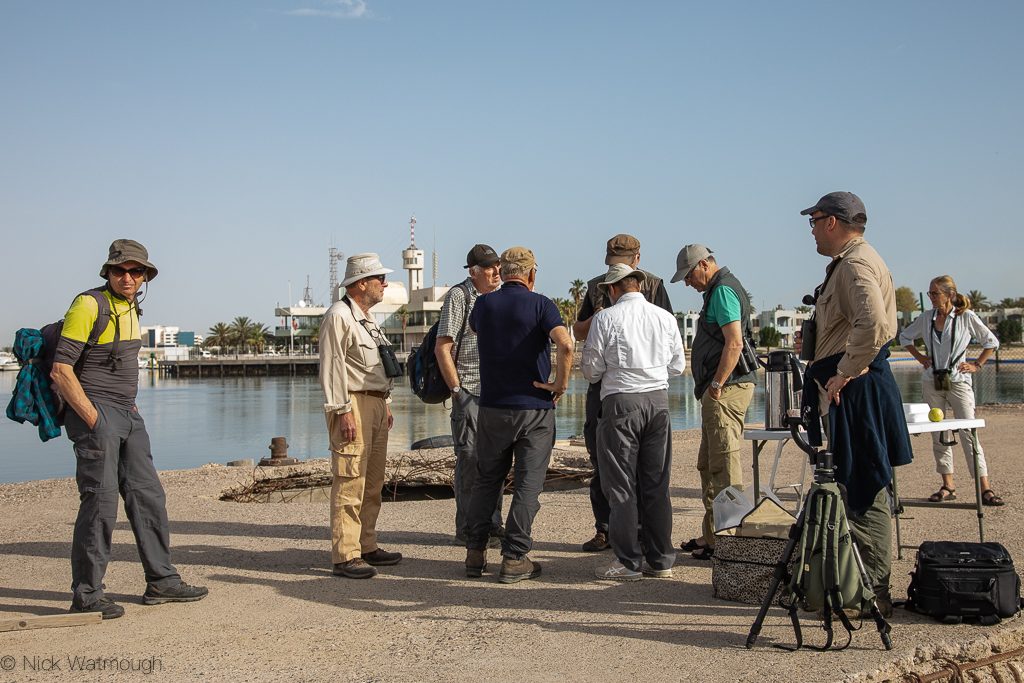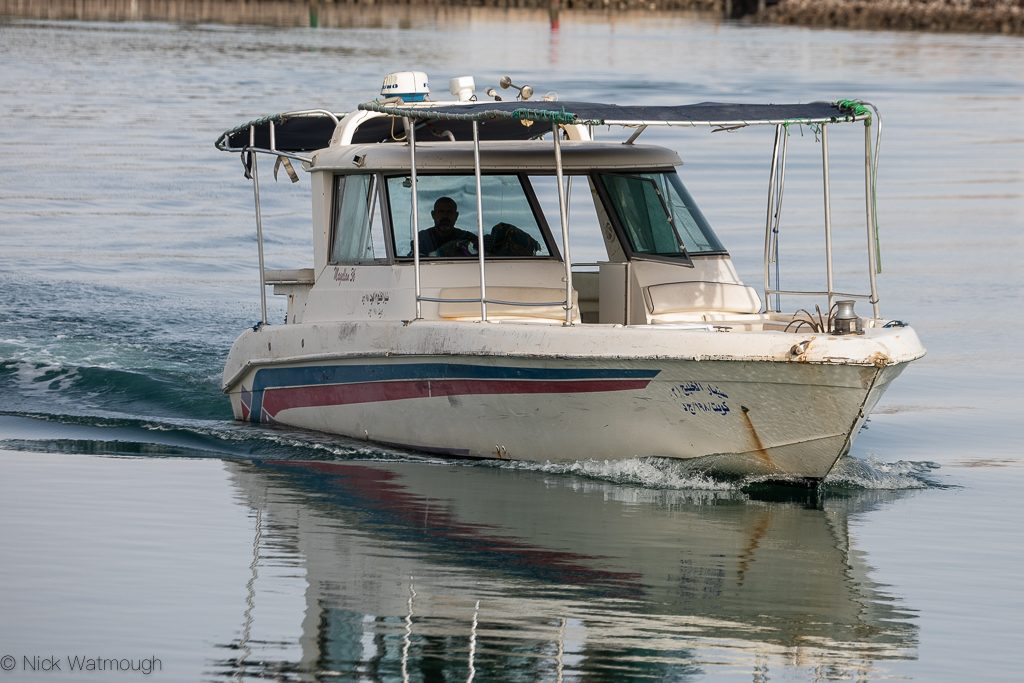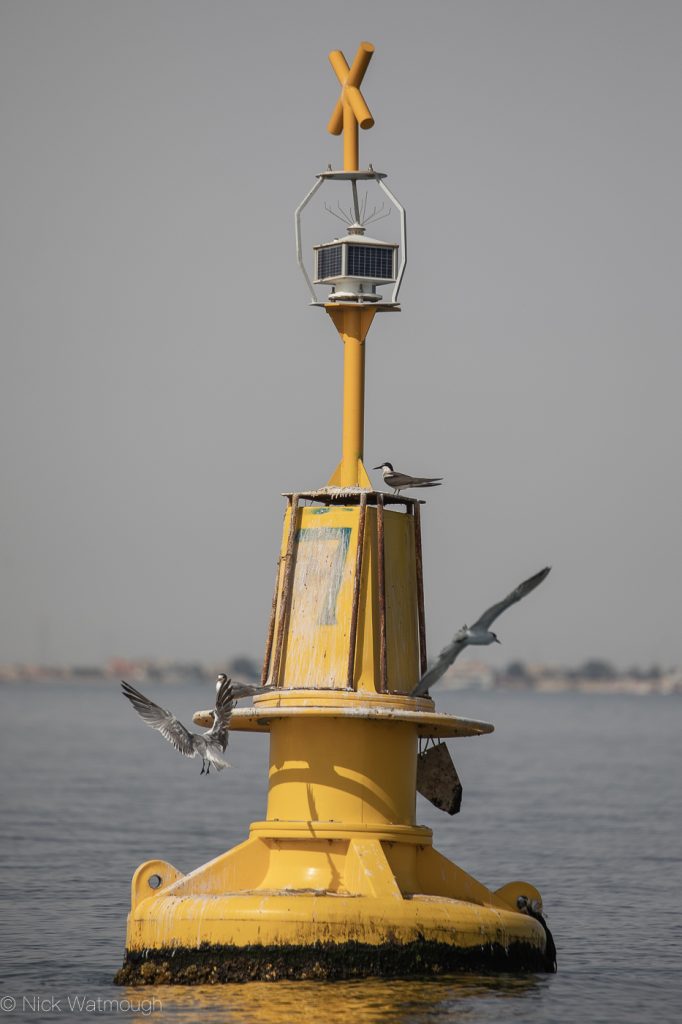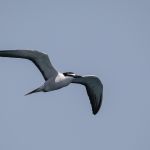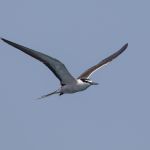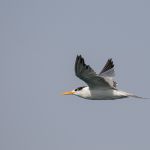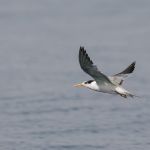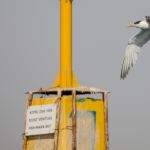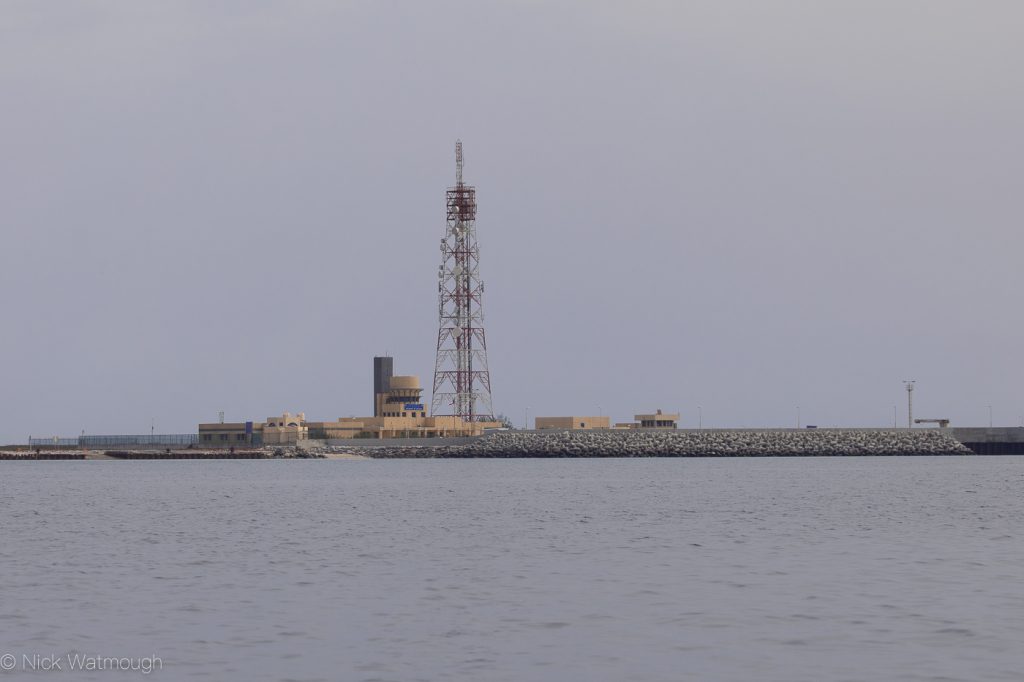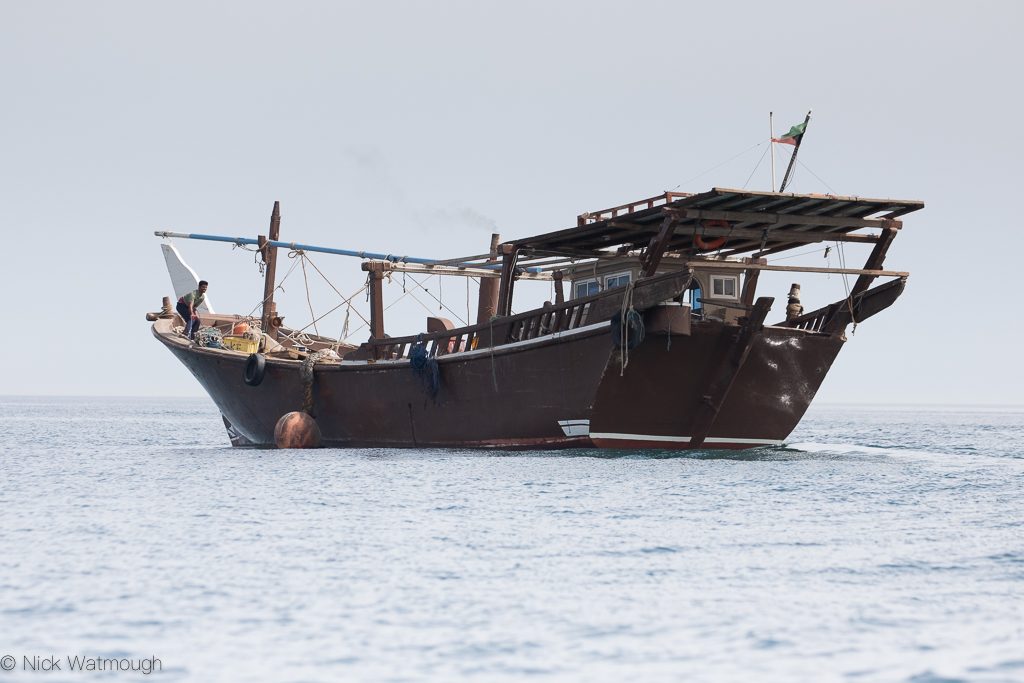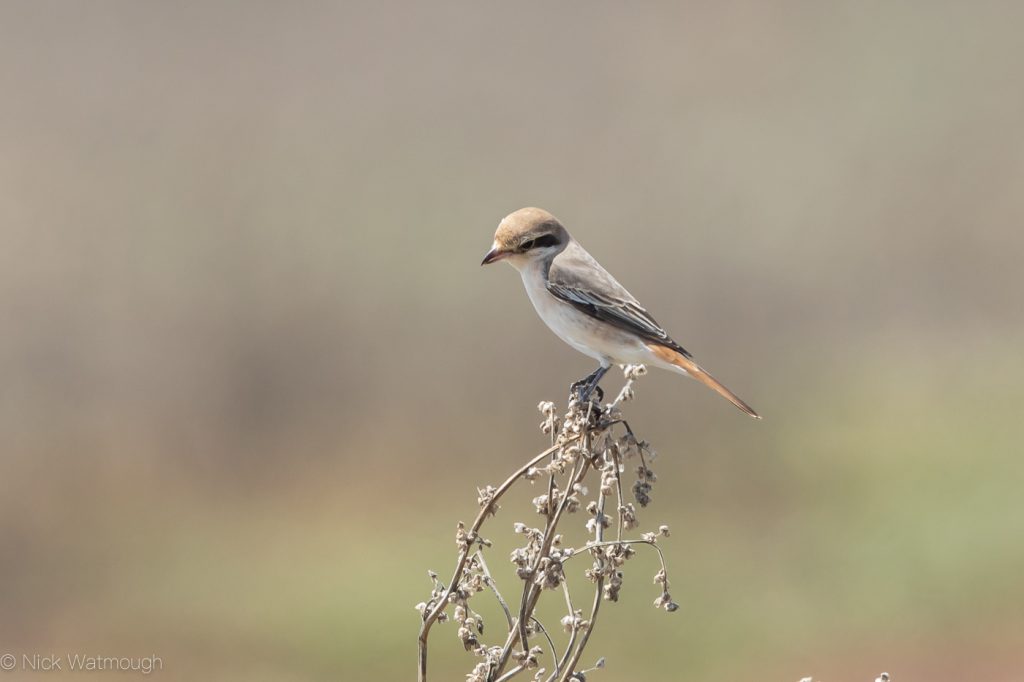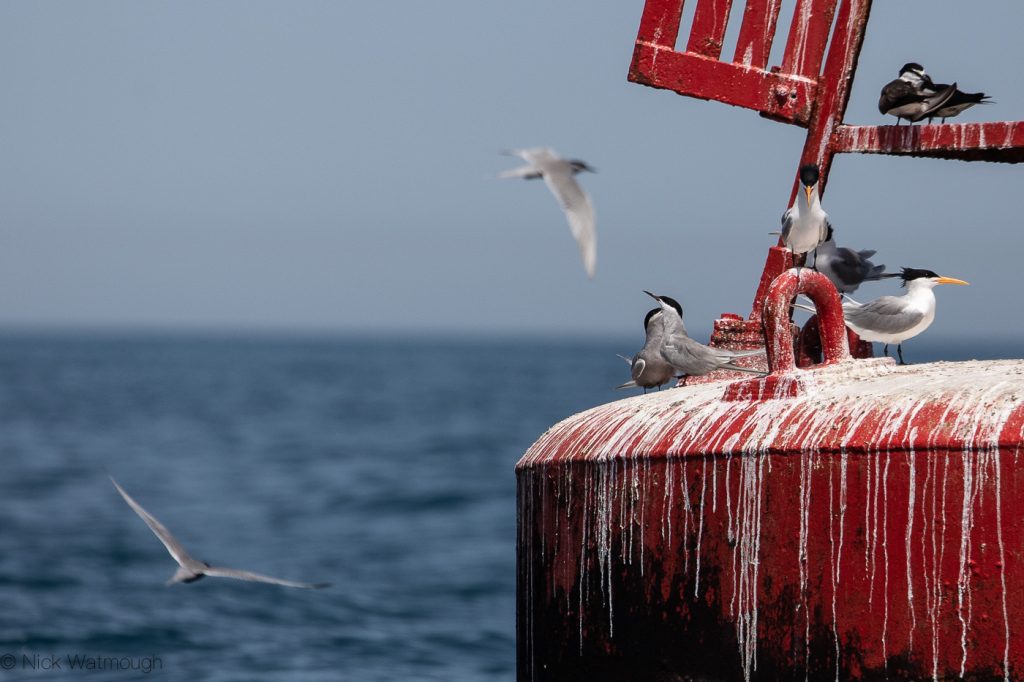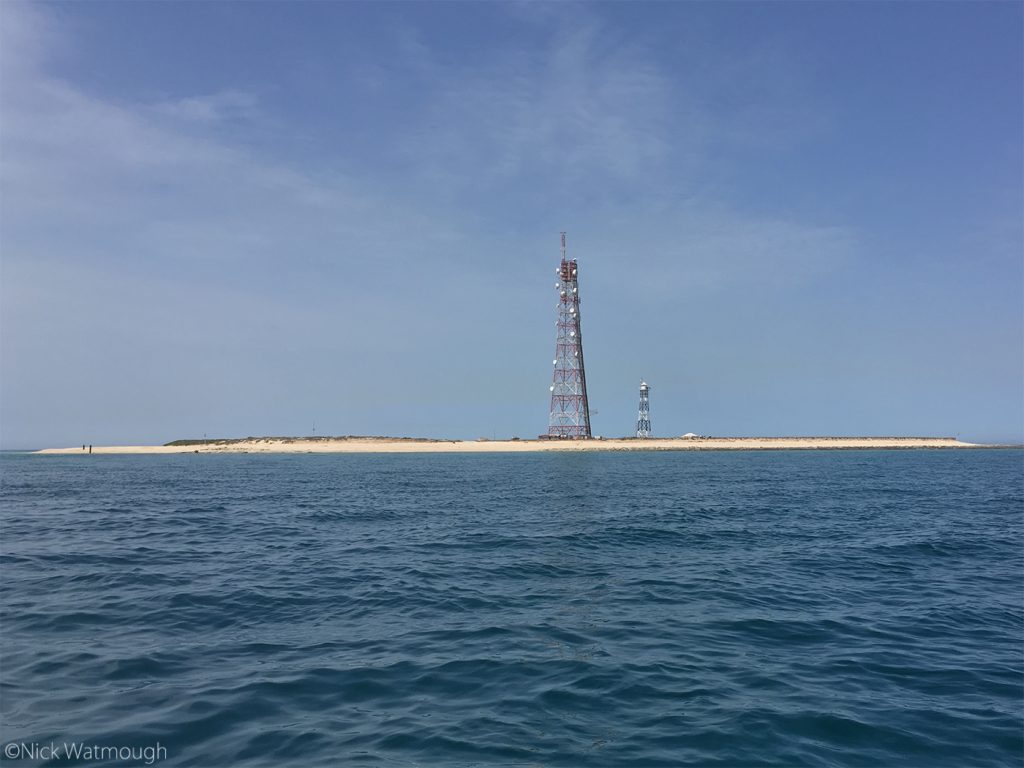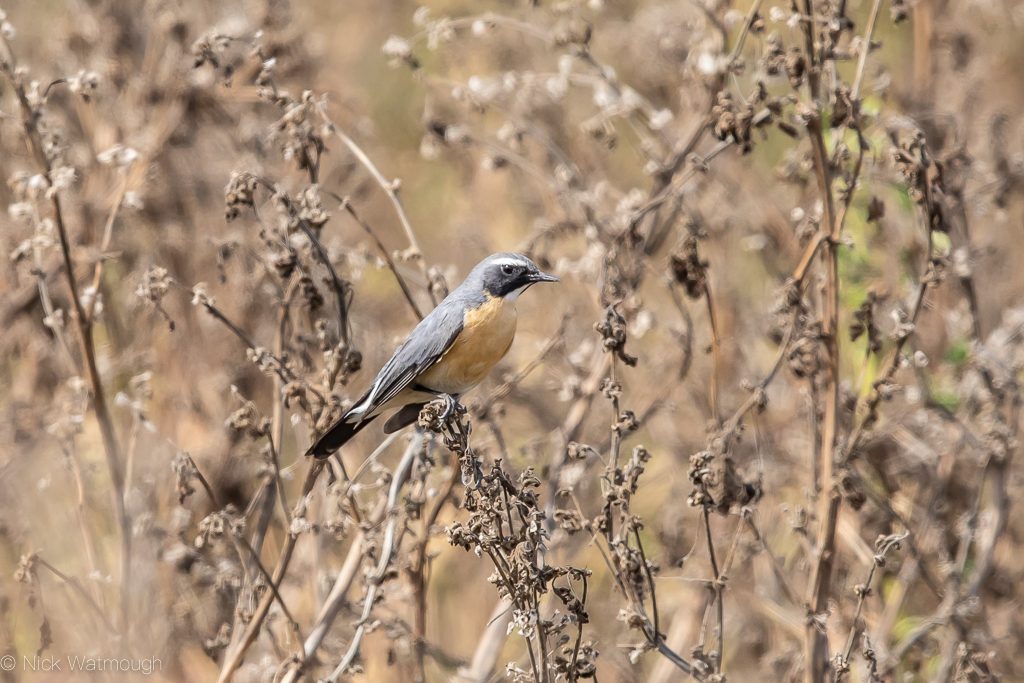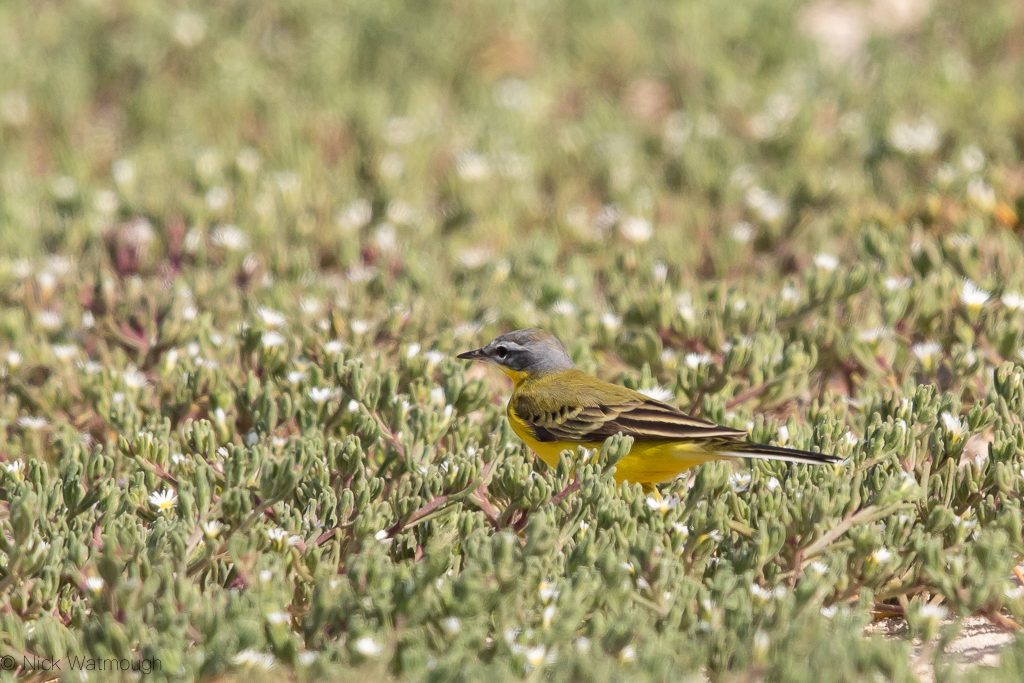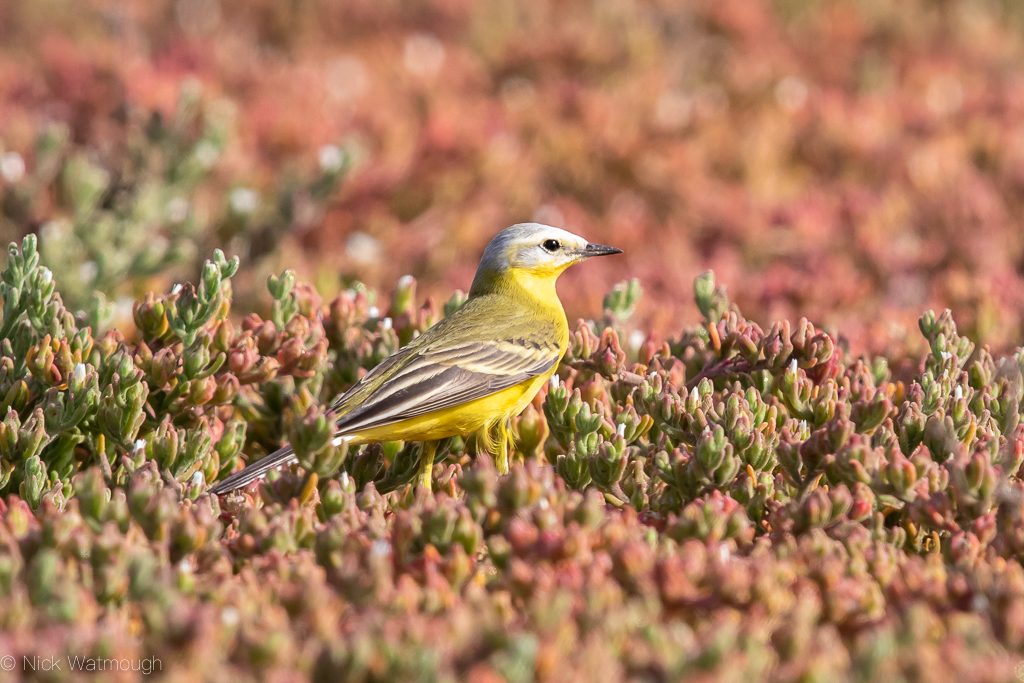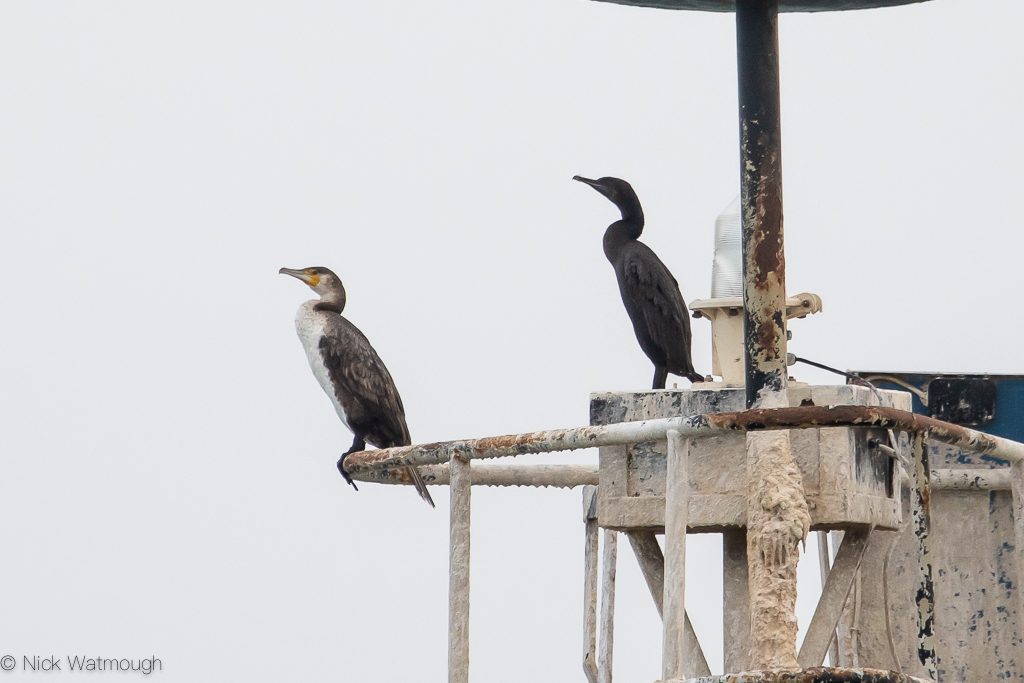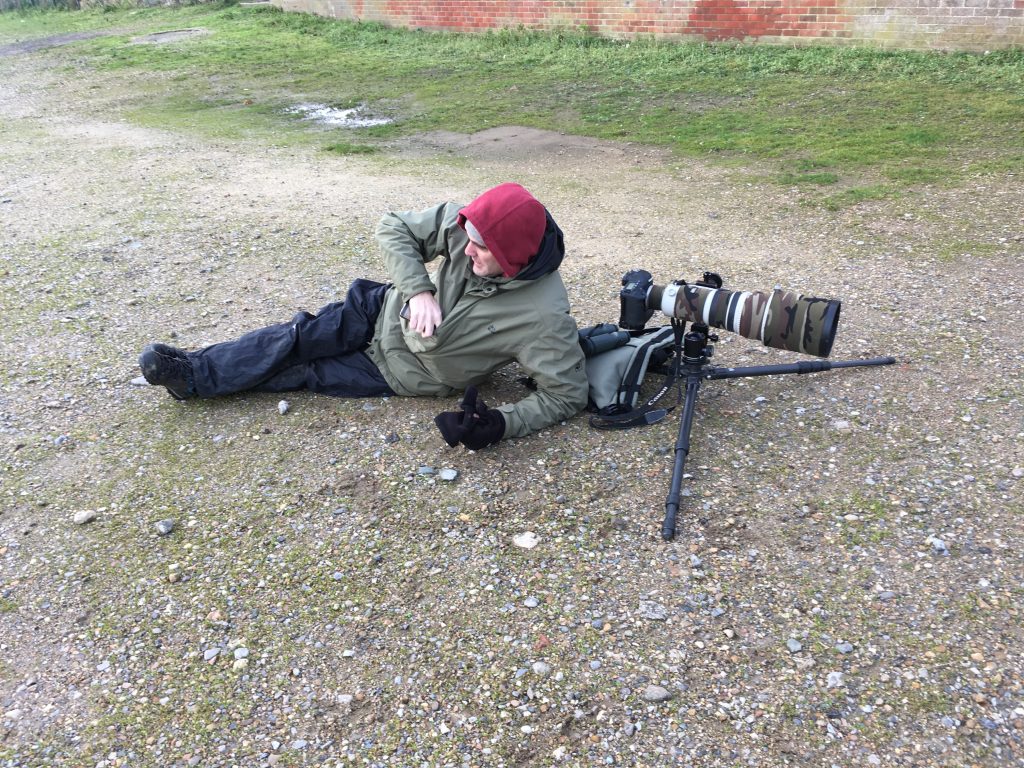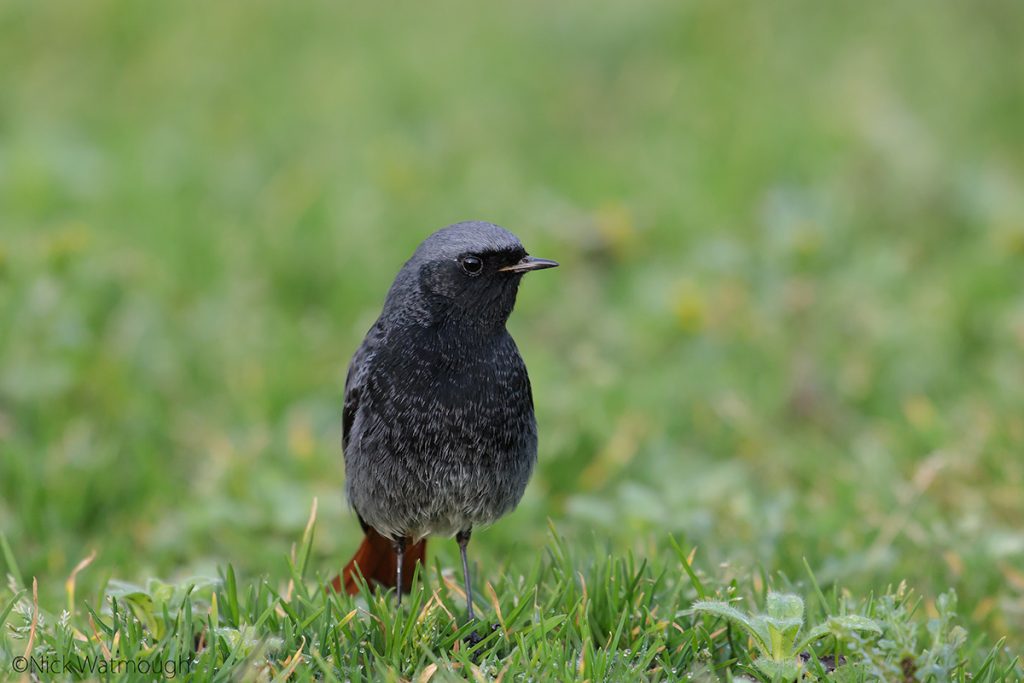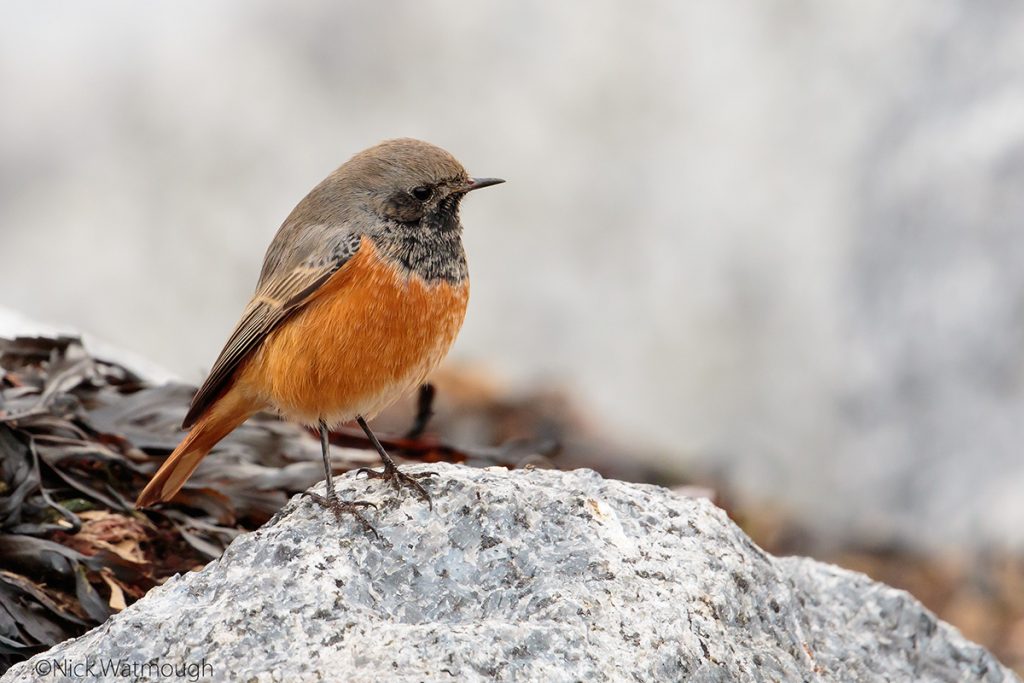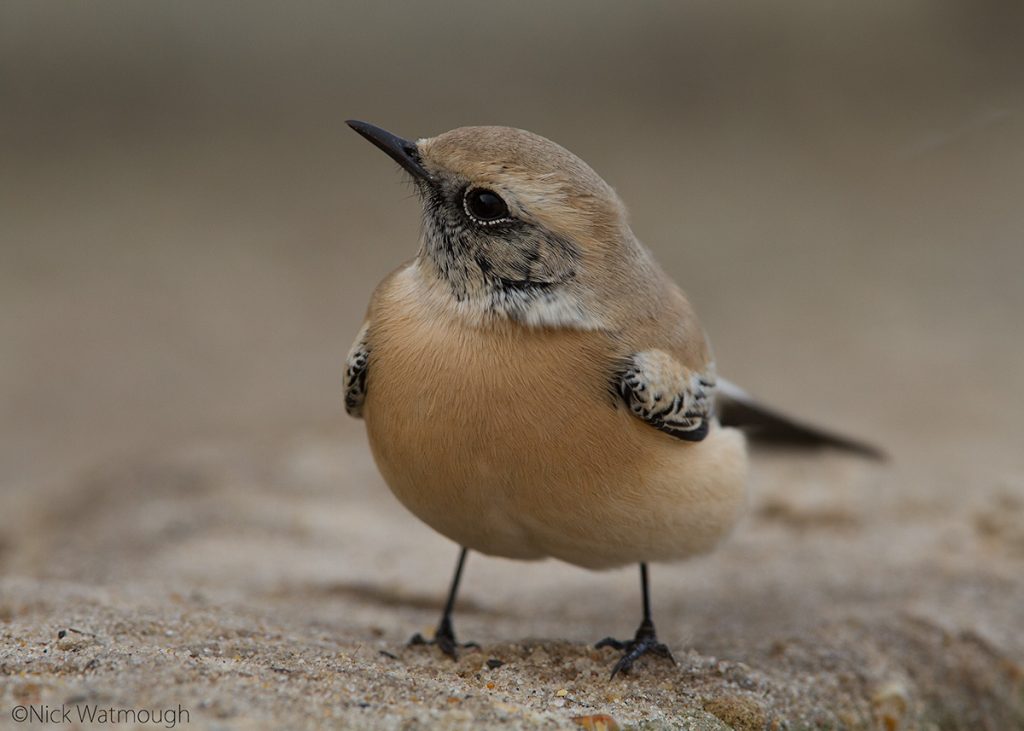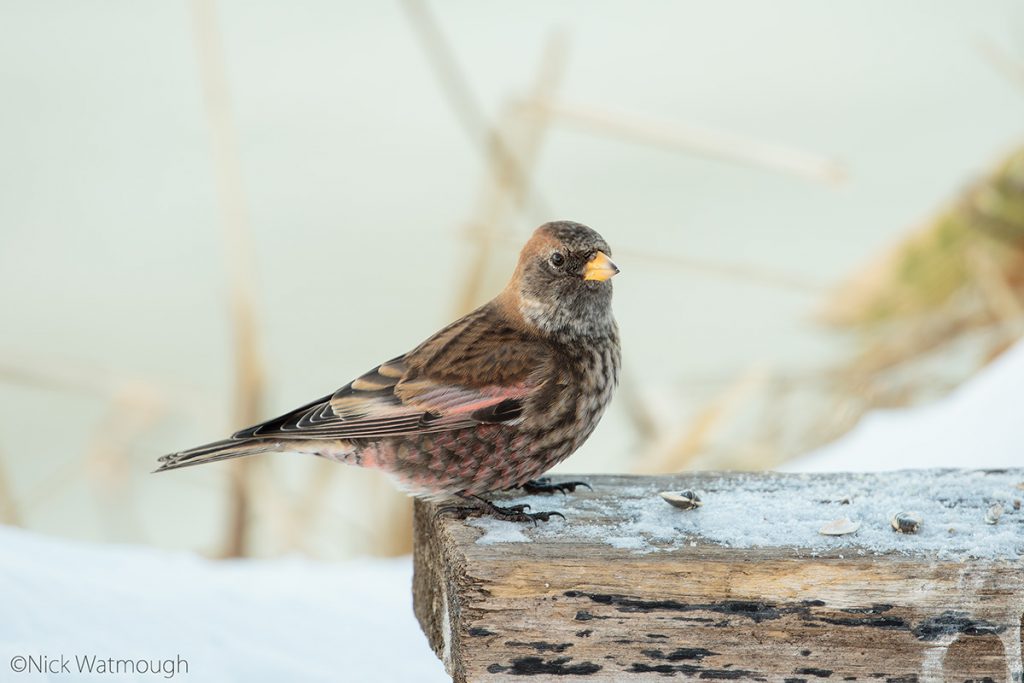Thirty-two years ago following a successful twitch of the Sullom Voe Harlequin I encountered Mike Terry on the Aberdeen ferry. This chance conversation led me to abandon further October trips to the Isles of Scilly. A sense of adventure and a desire to see transatlantic vagrants away from the Barbour clad hordes led me to Cape Clear. I have mended my relationship with Scilly and enjoyed many successful birding and family holidays. But in 1987 I only had eyes for Cape where my first trip started brightly enough. A Rose-breasted Grosbeak and a Myrtle Warbler in quick sucession was followed by two relatively birdless weeks. The following year’s Sapsucker sealed the deal and I returned to Cape regularly until 1996. Although the returns in American landbirds were poor, the scenary, company and craic was always first rate.
Thursday 10th October
After 23 years it was time to return. This time in the company of Graham who had spent many happy hours on Cape when he lived in Cork City. Unfortunately the trip started badly when our hold luggage, including waterproofs, did not arrive.
Lost luggage formalities completed we picked up the hire car. Left to his own devices Graham was easily seduced by the plastic trim and gizmos of a Mini. Despite its drive chain, it got us around. As for the missing waterproofs, toiletries change of clothes etc Aer Lingus offered tocover the cost of “necessary replacements”. OK – this was a birding trip to Ireland and the day was decidedly “soft” and we took them at their word. After 45 minutes we emerged from the excellent Wildside Sports in Bandon each €300 lighter kitted out with brand new ‘proofs and other “essentials” . I did wonder however if KLM/Aer Lingus might balk at Graham’s €35 pair of merno wool jocks.
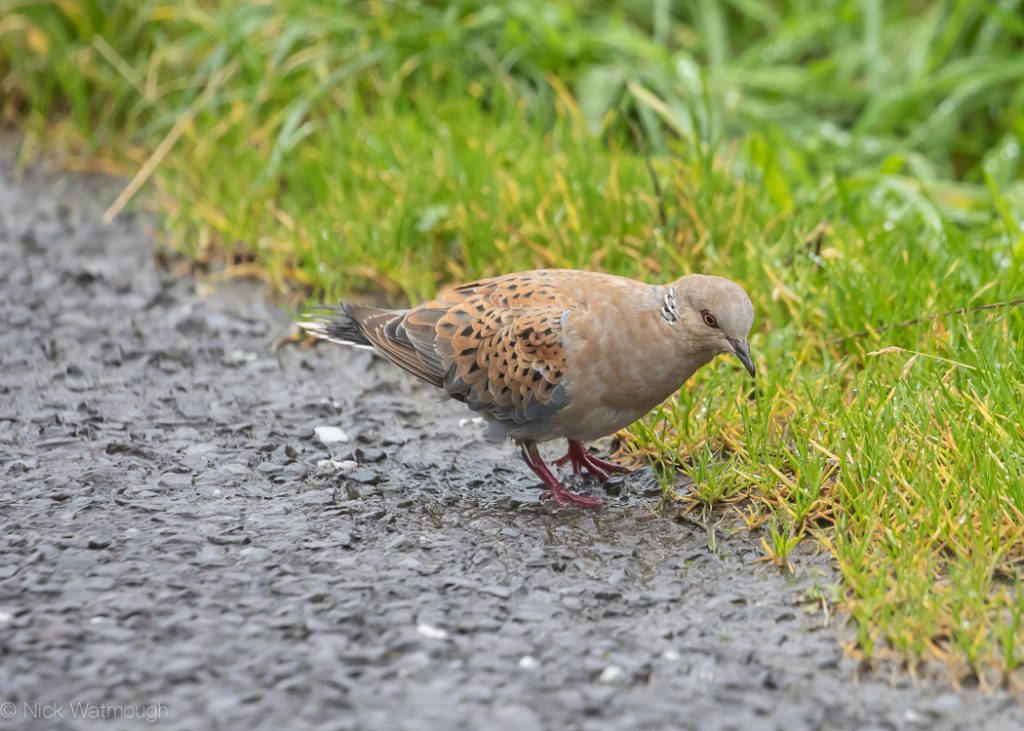
Back in the game we headed for a very wet and windy Toe Head a less covered headland SW of Skibbereen. A walk around the outer head offered very little. Instead we tried our luck slightly inland. A well vegetated garden flanked by a line of trees just screamed rare. Not today unfortunately, but Graham did score a Lesser Whitethroat. But that was not bird of the day. As we left a very late and bedraggled Turtle Dove was walking along the entrance road.

Onto the quayside at Baltimore. Here we met Brian Lynch, a friend of Graham’s from his Cork days ,who was joining us for the weekend. It was not the smoothest crossing I have ever had over to Cape. Relieved to set foot on the quay I let Mary Cadogan whisk us away in her taxi to our B&B. Located up the Lighthouse Road the charming Ard na Gaoithe is a lovely place to stay. Reinvigorated by a shower and partial change of clothes we walked to Cotter’s Bar to find dinner.
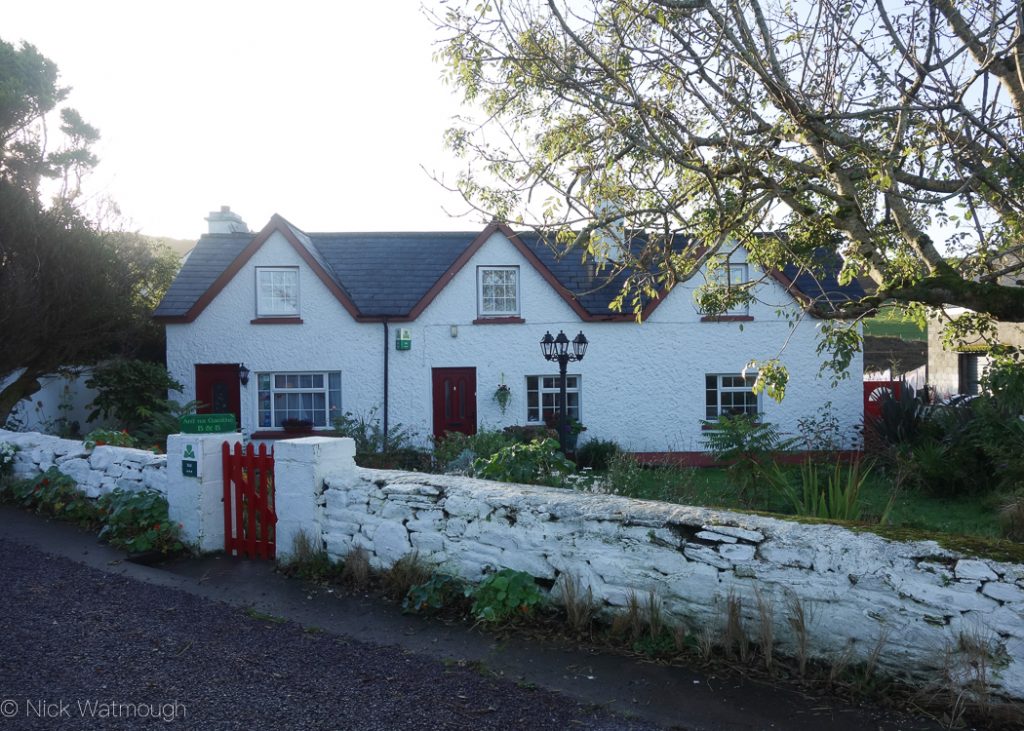
Friday 11th October
Our early morning exploration of the Glen failed to turn up either the Yellow-browed warbler or Firecrest. Returning to the B&B things looked up with news of a Hippolais warbler and a Wryneck. Even better was the splendid full Irish and positive news on Graham’s bag. This was scheduled to arrive in to Cork that morning before being couriered to the ferry in Baltimore.
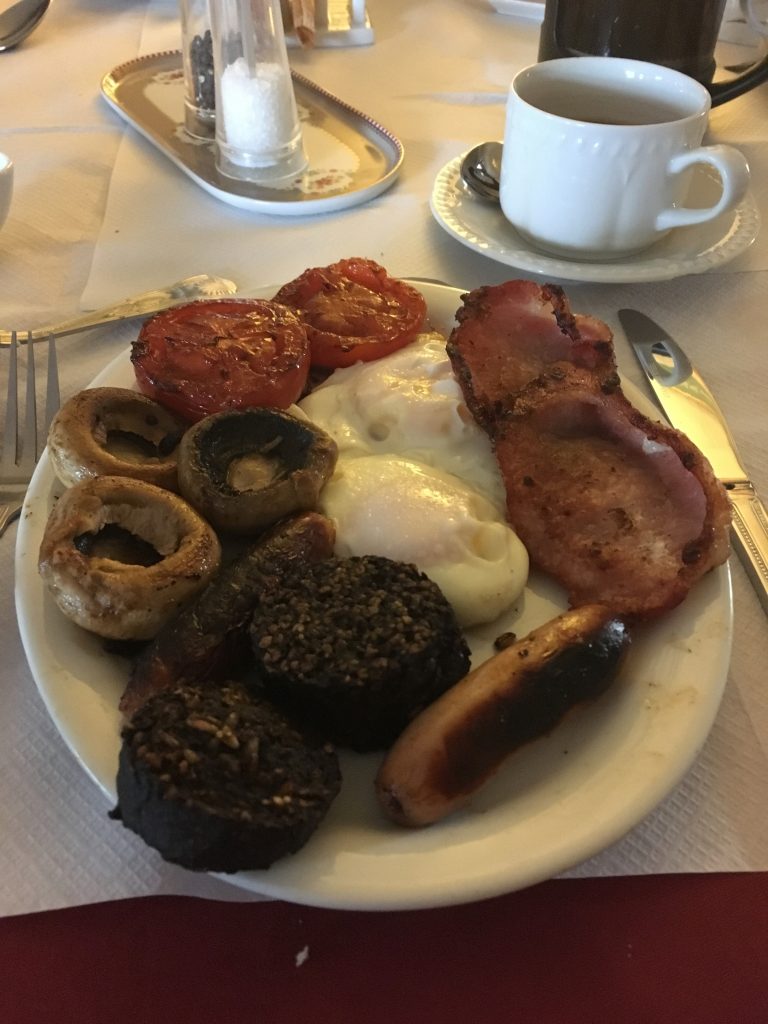
However here was no news on my lugggage so Graham and Brian left me to a futile conversation with Aer Lingus. Forty minutes later I set out on a half-remembered route around Ballyreigh. Following the Low Road I caught up with top Irish lister Victor Caschera. I carried on through East Bog and up through the Wheatear Field up onto Firbrega. The highlight was a lone Skylark and a chance to photograph the local Stonechats.
Over by Lough Errul I found Graham and Brian. They had not seen either the warbler or the Wryneck nor a recently discovered Common Rosefinch. Breakfast was now a distant memory and we stopped for lunch at An Siopa Beag (the island shop) and put our names down for pizza that evening.

After lunch Graham and I headed up the Glen Road where we caught up with the Firecrest that had been hanging around the Sallows at the entrance to the Post Office.
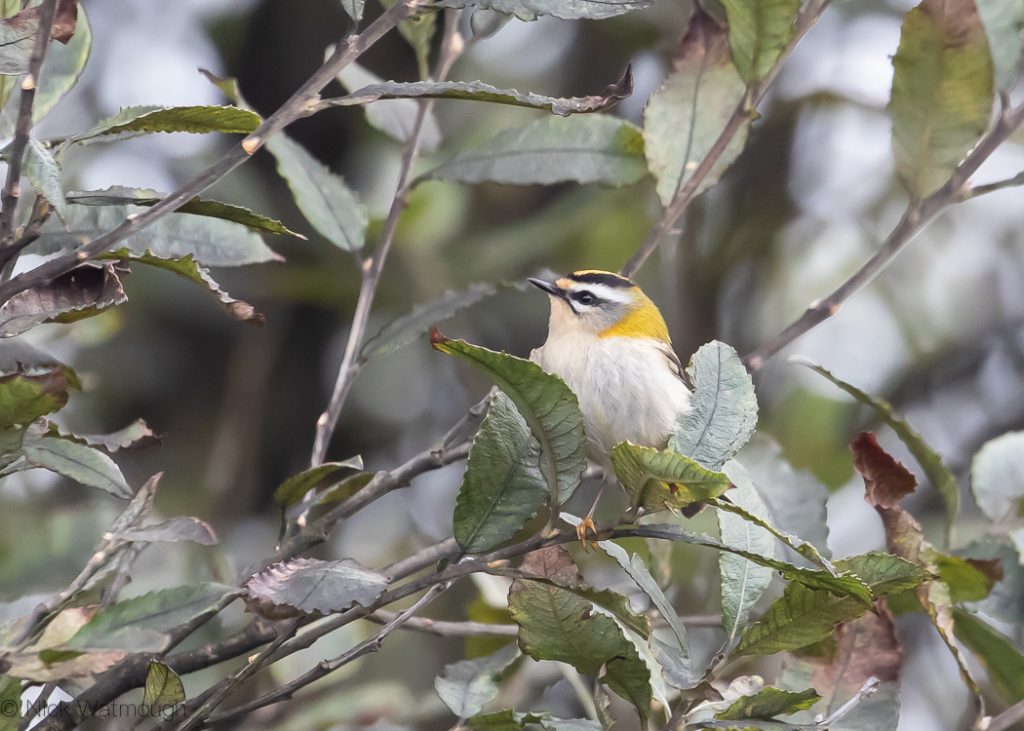
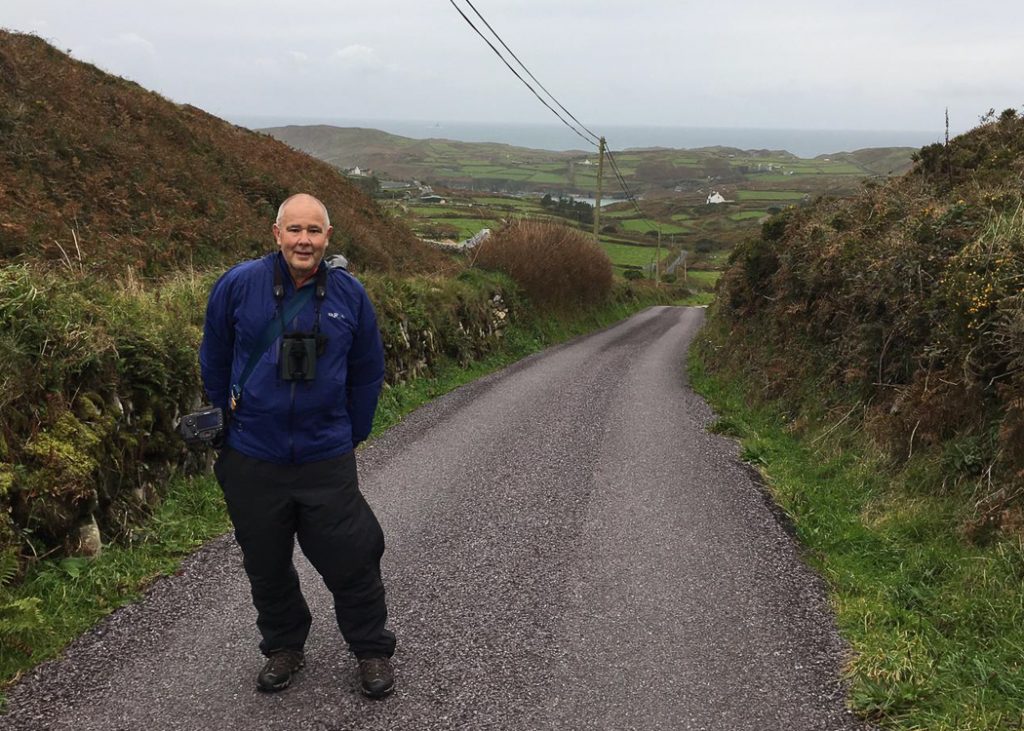
Graham bailed out at the top of the Glen and headed back to North Harbour to meet the ferry . Lost in memories I carried on walking through Knockannamaunagh as far as Comillane Bog before turning for home. Walking down the A1 I was treated to a spectacular Atlantic sunset before retiring to Cotter’s . After 33,000 FitBit steps, I enjoyed a pint of Murphy’s and caught up with Dennis Weir who shared many of my past trips to Cape.
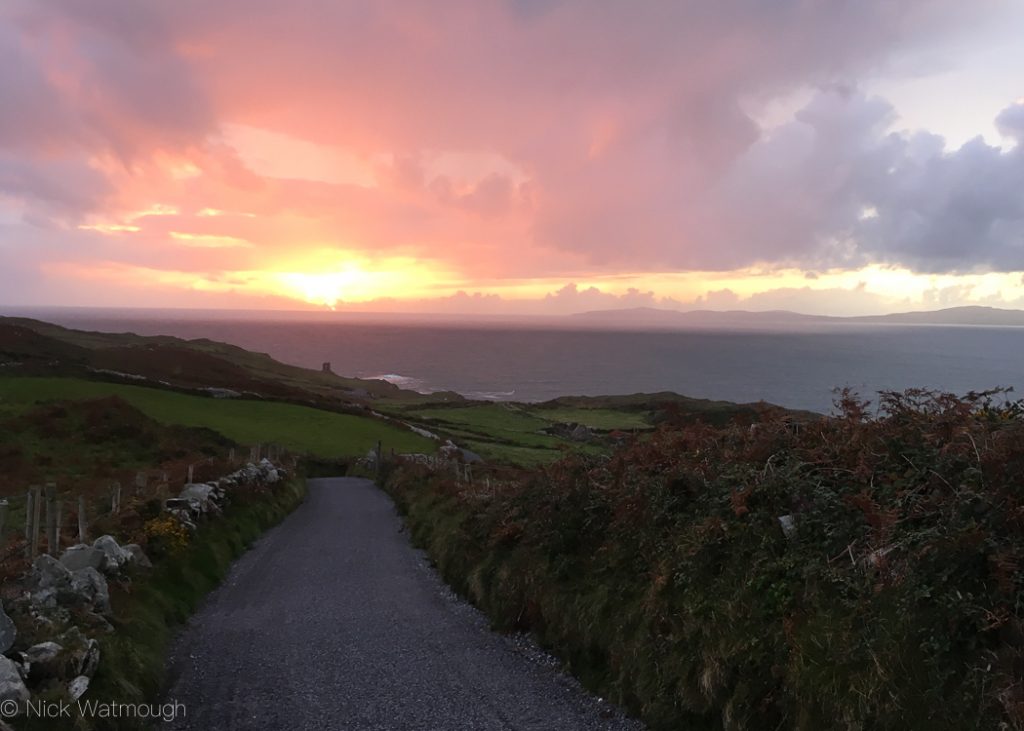
We took a short walk across the road to the shop where 25+ resident and visiting birders squeezed in for an impromtu pizza night. The excellent pizza was followed by a couple more beers before tiredness kicked in. An early night beckoned and we returned to the B&B.
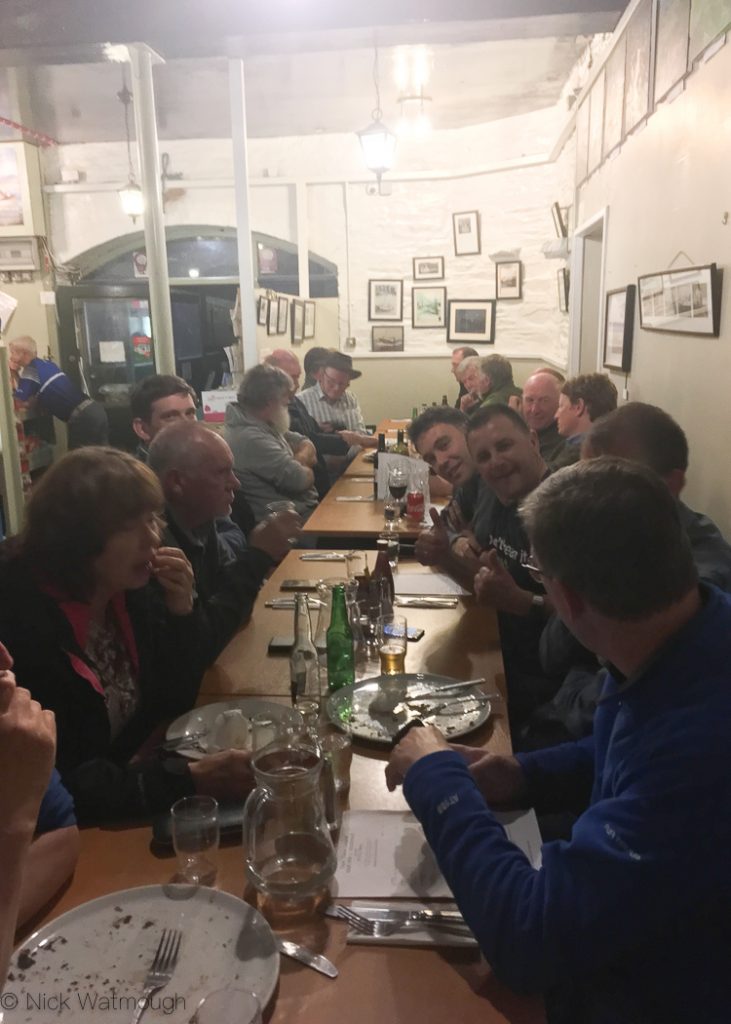
Saturday 12th October
Blue skies greeted us the next morning along with another monster breakfast. The boys headed out whilst I checked the status of my bag online. Good news – located and arriving at Cork Airport that morning! Huge relief as it contained my suit which I needed for a work appointment on my return to the UK.
My joy was short-lived. Leaving the B&B I turned right up the Lighthouse Road. Had I turned left towards the Priest’s Garden I might have found the Red-eyed Vireo. When I did get news of the Vireo it had crossed the road to the Youth Hostel. Here I saw it briefly before it disappeared. This was compounded by my schoolboy error of going back to the B&B to finalise arrangements with Aer Lingus. In my absence the REV reapppeared in front of Graham’s camera (see here) and promptly flew off across South Harbout. Later it was found along the Low Road and showed well to all comers over the next few days. Except yours truely who never got a sniff.
Interest in the Samoa v Ireland rugby match then ensured a couple of hours with few birders in the field . Despite this I had little to show for my efforts. Brief views of the Hippolais warbler suggested a Melodious. Otherwise a pleasant walk around the Lough Errol pines offered nothing but stunning scenary.

Graham and I had no luck with the Rosefinch in Michael Vincent’s (aka the Lough Errol Garden) and headed towards the Waist. En route I picked up the Wryneck atop a dead gorse bush. Walking up the hillside with a drystone wall for cover we managed some rather nice views!
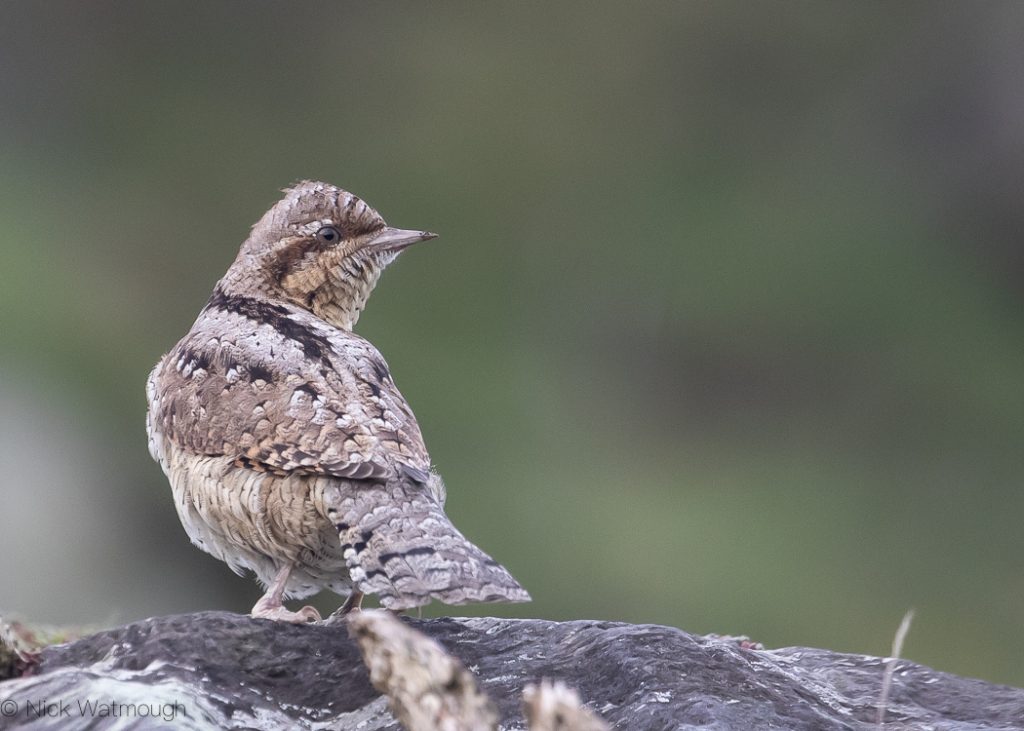
Bag recovered and wearing a welcome change of clothes I enjoyed a classic Cape October evening in Cotter’s. A hearty meal washed down with Murphy’s before the entertainment began. First Jim Fitzharris’s theatrical log call. Then Stuarty McKee’s video compilation of past Cape trips made by Northern Irish birders in the eighties and nineties. It was poignant to see Dennis, Anthony McGeehan and the late Willie McDowall as I remember them during our time on Cape in that era. Happy days!
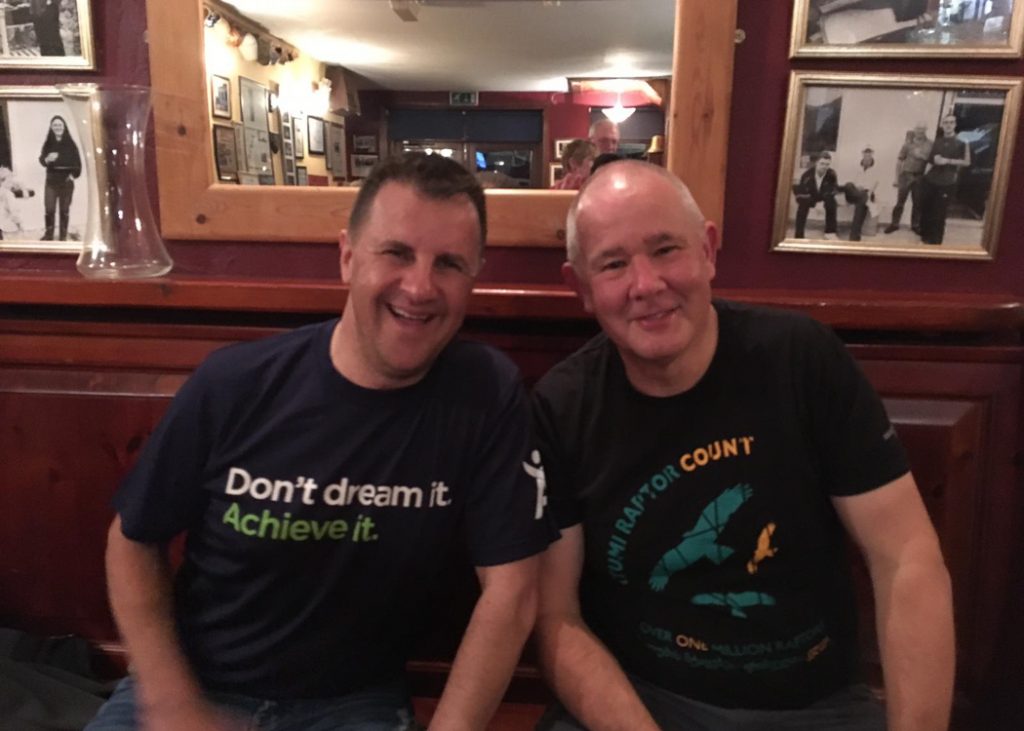
Sunday 13th October
Another glorious day, another gut-busting breakfast and another failure on the Vireo! Never mind the Hippolais finally came out to play and revealed itself as a Melodious.
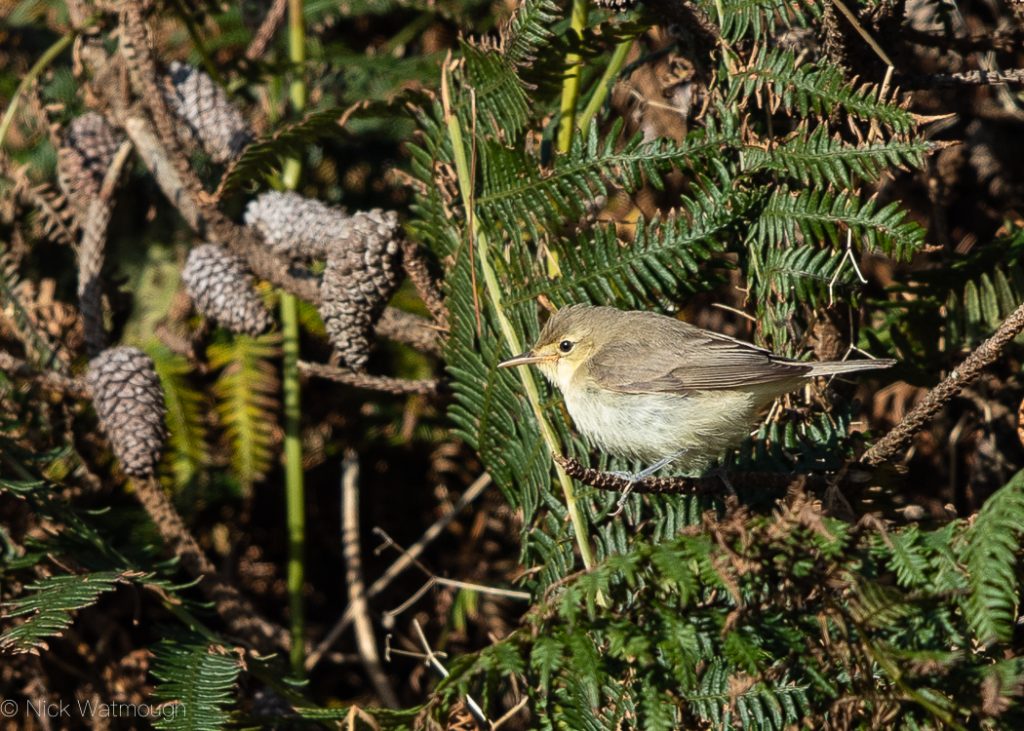
Still no luck with the Rosefinch, but the Wryneck gave a farewell performance. I spent my last forty minutes on the island not seeing the Vireo and chatting to Dennis in the bright sun. The return ferry trip was a delight with blue skies and calm seas. Plus plenty to look at; Mediterranean Gulls, Razorbills, Guillimots and Tysties. Graham and I said our farewells before another look at a birdless Toe Head and overnighting in Cork. So ended another trip to Cape. I sincerely hope it won’t be another 23 years before I return.

